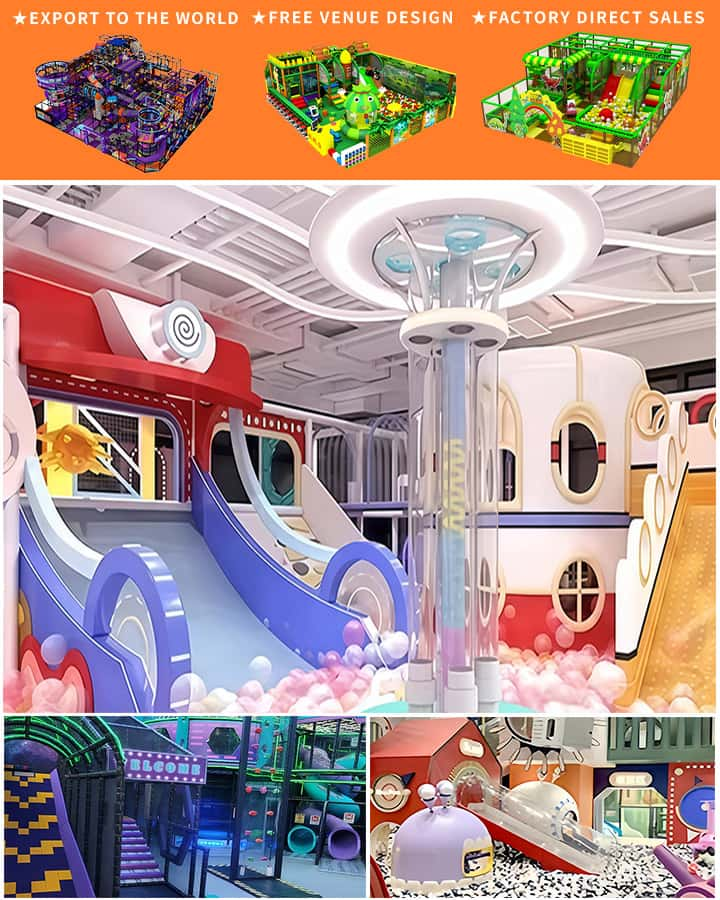Building and maintaining a playground for children involves numerous considerations, with one of the foremost being the cost of playground equipment. The expenses associated with these installations can vary widely depending on various factors including type, materials, safety features, and additional amenities. This article delves into the different aspects influencing the cost of children’s playground equipment, aiming to provide a clear understanding for those planning or budgeting for such facilities.
Types of Playground Equipment
The first factor to consider when evaluating costs is the type of playground equipment. Common categories include:
- Slides: Traditional slides made from molded plastic are relatively affordable, but more complex models featuring spiral designs or multi-level structures can significantly increase costs.
- Swings: Basic swing sets are inexpensive, especially if made from metal or plastic. However, commercial-grade swings with safety harnesses and durable construction can be more costly.
- Climbers and Forts: These structures tend to be more expensive due to their complexity and the need for robust construction to support multiple children. Custom designs can further escalate prices.
- Merry-Go-Rounds and Spinning Play Equipment: Generally more expensive due to their size, engineering requirements, and safety standards.
- Interactive and Educational Equipment: Items like musical instruments, interactive panels, and sensory play elements often come at a premium but offer substantial developmental benefits.
Materials and Construction

The materials used in the construction of playground equipment have a direct impact on cost and durability. Common materials include:
- Metal: Steel and aluminum are durable but can be costly, particularly for custom designs. Metal equipment often requires more maintenance to prevent rust and corrosion.
- Plastic: Molded plastic is usually cheaper and comes in a variety of colors, making it popular for smaller, simpler pieces of equipment. However, high-density polyethylene (HDPE) and rotomolded plastics, though more expensive, offer greater durability and safety.
- Wood: Pressure-treated wood is a common choice for playgrounds, offering a natural aesthetic and good durability. However, wooden structures require regular maintenance to prevent decay and splintering.
Safety Features
Safety is paramount in playground equipment design, and incorporating advanced safety features can affect costs:
- Impact Absorbing Surfaces: Installing rubber mats, wood chips, or synthetic turf beneath equipment helps cushion falls and is a critical safety measure, albeit an added expense.
- Non-Toxic and Lead-Free Materials: Ensuring that equipment is made from safe, non-toxic materials can add to the overall cost but is essential for child safety.
- Compliance with Standards: Meeting national and international safety standards (such as ASTM International and EN standards) often requires additional certifications, which can influence the pricing.
Additional Amenities
Beyond basic playground equipment, additional features can enhance the experience but also increase costs:
- Shade Structures: Providing shaded areas is important for protecting children from UV rays and can be an added expense.
- Surfacing Materials: High-quality surfacing materials that comply with safety standards can be pricey but are crucial for preventing injuries.
- Inclusive Play Equipment: Designing inclusive playgrounds that cater to children of all abilities might involve specialized equipment and modifications, increasing the initial investment but ensuring accessibility for everyone.
Installation and Maintenance
Finally, the cost of installing and maintaining playground equipment should not be overlooked. Professional installation ensures that equipment is set up correctly and safely, avoiding potential liabilities. Ongoing maintenance, including routine inspections, repairs, and replacements, is necessary to keep the playground safe and functional over time.
Conclusion
The cost of children’s playground equipment is influenced by several factors including the type of equipment, materials used, safety features, and additional amenities. Understanding these variables can help stakeholders budget effectively and make informed decisions when planning a playground. While the initial investment may seem substantial, the long-term benefits of providing a safe and enjoyable play environment for children are invaluable. Careful planning and consideration of all these factors will ensure a successful and cost-effective playground project




